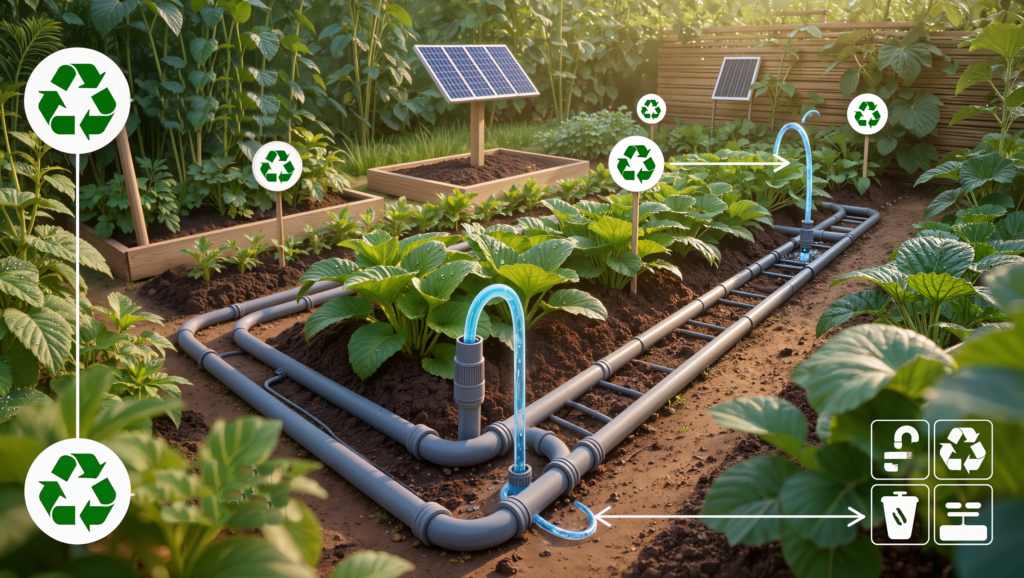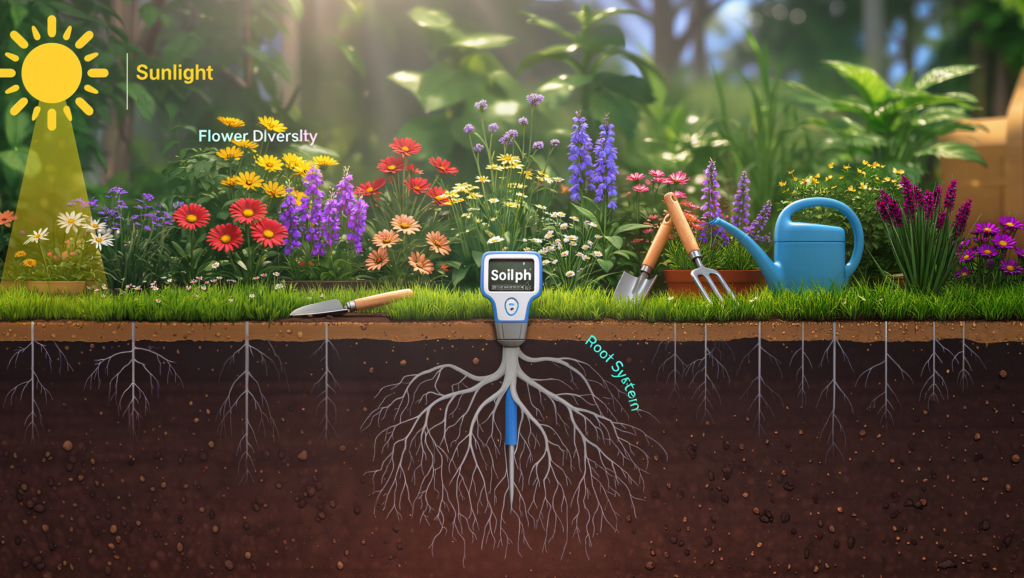If you’re a tomato lover (and who isn’t?), you know the thrill of harvesting plump, juicy tomatoes right from your backyard. But let’s be real: keeping those plants happy can sometimes feel like you’re running a mini power plant, especially if you’re using grow lights, heaters, or other electrical gadgets. The good news? You can grow robust, productive tomato plants without sending your electricity bill through the roof. Let’s dig into five smart, eco-friendly hacks that will save you energy, money, and a whole lot of hassle-while still delivering a bumper crop of delicious tomatoes.
1. Switch to LED Grow Lights (and Use Them Wisely!)
If you’re growing tomatoes indoors or starting seedlings before the last frost, grow lights are a lifesaver. But not all lights are created equal when it comes to energy use. Traditional high-pressure sodium (HPS) lamps and incandescent bulbs guzzle electricity and generate a lot of heat, which can stress your plants and your wallet.
The smart move: Switch to full-spectrum LED grow lights. According to a Purdue University study, tomatoes grown under red and blue LED lights produced the same yield as those under HPS lamps-but the LEDs used only about 25% of the energy. LEDs also run cooler, so you can place them closer to your plants, ensuring better light penetration and healthier growth.
Pro tip: Don’t leave your grow lights on 24/7! Tomato plants need darkness, too. Aim for 12-18 hours of light per day, and always give your plants at least six hours of darkness so they can respire and grow properly4. Not only will this save electricity, but it also mimics natural conditions for stronger, tastier fruit.
2. Master Natural Sunlight and Strategic Placement
Why pay for light when the sun is free? Even if you don’t have a greenhouse, you can maximize natural sunlight with a few clever tricks:
- South-facing spots: Place your tomato plants where they’ll get at least 8 hours of direct sunlight per day. In cooler climates, this might mean moving containers or using reflective surfaces (like white walls or sheets) to bounce extra light onto your plants.
- Partial shade in hot climates: If you live where summer temps soar above 90°F, use shade cloth or muslin to prevent heat stress and sunscald, but still allow filtered sunlight through.
- Rotate containers: If you’re growing tomatoes in pots, rotate them every few days to ensure all sides get equal sun exposure. This prevents leggy, lopsided growth and ensures even ripening.
By letting the sun do most of the heavy lifting, you’ll cut down on the need for supplemental lighting and keep your electricity usage low.
3. Use Mulch and Smart Watering to Reduce Energy and Water Waste
It’s easy to overlook, but water management is a huge part of energy efficiency in the garden. Running electric pumps, timers, or even just overwatering can waste resources. Here’s how to keep your tomatoes hydrated the smart way:
- Mulch your beds: A layer of organic mulch (straw, shredded leaves, or grass clippings) locks in soil moisture, suppresses weeds, and keeps roots cool. Less evaporation means less frequent watering-and less need for energy-hungry irrigation systems.
- Water deeply, but less often: Give your tomato plants a good soak at the base, then let the soil dry out a bit before watering again. This encourages deep root growth, making your plants more drought-resistant and less needy overall.
- Water in the early morning: Watering before the sun heats up minimizes evaporation, so your plants get the most bang for every drop.
- Collect rainwater: Set up a rain barrel to capture free water from your roof. Use this to irrigate your tomatoes and cut your reliance on municipal water (and the energy needed to pump and treat it).
4. Optimize Temperature and Humidity-Without the Heater
Tomatoes love warmth, but that doesn’t mean you need to blast the heater all night. In fact, smart climate management can save you up to 30% on energy costs in a greenhouse setting. Here’s how to keep things cozy without burning through kilowatts:
- Temperature integration: Instead of keeping your greenhouse at a constant temperature, allow for a wider range between day and night. Lowering the set point at night and letting it rise during the day can save energy without harming your plants.
- Use thermal screens or row covers: These act as insulation, trapping heat around your tomato plants at night and reducing the need for electric heaters.
- Leverage natural windbreaks: Planting hedges, trees, or installing fences can protect your garden from cold winds, keeping temperatures more stable and reducing heat loss.
- Ventilate smartly: Open vents or windows during the day to let in fresh air and reduce humidity, but close them before temperatures drop at night to keep warmth in. This simple trick can help you avoid running fans or dehumidifiers unnecessarily.
5. Choose Energy-Efficient Tools and Sustainable Practices
The tools you use matter! Gas-powered equipment and old, inefficient gadgets can waste both energy and money. Here’s how to garden smarter:
- Battery and solar-powered tools: Swap out gas-powered trimmers, mowers, or irrigation timers for battery or solar options. They’re quieter, cleaner, and much more energy-efficient.
- LED garden lights: If you enjoy your garden at night, stick to LED or solar-powered lights. They use up to 80% less energy than incandescent bulbs and last much longer.
- Group plants by water needs: Plant tomatoes with other veggies that have similar water requirements. This reduces overwatering and makes efficient use of both water and energy.
- Feed the soil, not just the plants: Healthy, organic soil full of compost and amendments retains moisture and nutrients better, reducing the need for extra watering and fertilizing. Healthier plants are also more resilient, so you’ll need fewer interventions overall.
Bonus Hack: Repot and Prune for Stronger, Low-Maintenance Plants
Did you know that repotting your tomato seedlings twice can lead to a stronger root system and less need for frequent watering or fertilizing? Tomatoes can develop roots all along their stems, so each time you bury more of the stem, you’re encouraging a bigger, deeper root mass7. Strong roots mean less work and less waste!
And don’t forget to prune out suckers and unnecessary foliage. This focuses the plant’s energy on fruit production instead of excess leaves, so you get more tomatoes with less input12.
Wrapping Up: Grow More, Waste Less
You don’t need to rack up a huge electricity bill to grow amazing tomatoes. By switching to LED lights, maximizing natural sunlight, mulching and watering smartly, managing temperature and humidity, and choosing efficient tools, you’ll save energy, money, and time-all while enjoying a bigger, healthier harvest.
So, before you plug in another gadget or crank up the heater, give these five smart hacks a try. Your tomatoes (and your wallet) will thank you!








